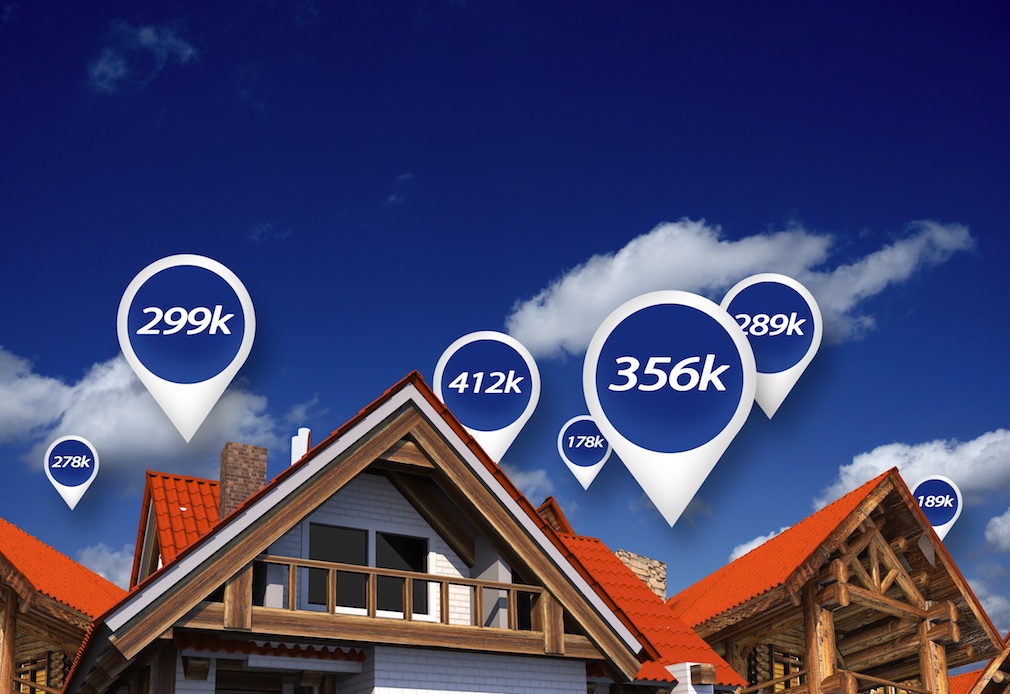Federally designated opportunity zones aren’t immune to the nationwide trends of elevated mortgage rates and low inventory that is pushing up home prices. In fact, these areas track quite closely with broader trends.
According to a new report from real estate data provider Attom, median home values in second-quarter 2024 rose by more than 10% on both a quarterly and annual basis in nearly 50% of opportunity zones where there were at least five home sales.
Prices went up in 62% of opportunity zones compared to second-quarter 2023 and in 61% of these areas compared to first-quarter 2024.
“The trickle-down impact of the extended housing market boom across the U.S. continues to uplift many neighborhoods in need, revealing their economic potential,” Attom CEO Rob Barber said in a statement.
“This pattern is especially evident in Opportunity Zones as house hunters priced out of more-expensive areas turn to places they can afford. While gains inside these zones vary, many are experiencing price increases, demonstrating the momentum necessary to attract the investments that the Opportunity Zone model is designed to generate.”
The Opportunity Zones program was created by the Trump-era Tax Cuts and Jobs Act of 2017. It gives tax breaks to investors who put money into U.S. Census Bureau tracts that are considered disadvantaged by the program’s methodology.
Because it’s left to discretion, investments can be uneven and lead to uneven results. The report explained that the most gains in value occurred in areas with higher-priced housing, while fewer impacts were felt in the lowest-priced markets.
The trends in Q2 2024 track closely with the broader housing market, which Attom said has been the case for at least the past three years.
To that end, states that have the highest percentages of opportunity zones in which prices increased on a quarterly basis tend to be states that already have high housing costs. These are led by Massachusetts (73% of zones), Maryland (68%), Oregon (68%), New York (67%) and Virginia (65%).
The states with the lowest shares of opportunity zones in which prices increased include Georgia (50%), Louisiana (53%), Minnesota (56%), Kentucky (56%) and California (56%).





